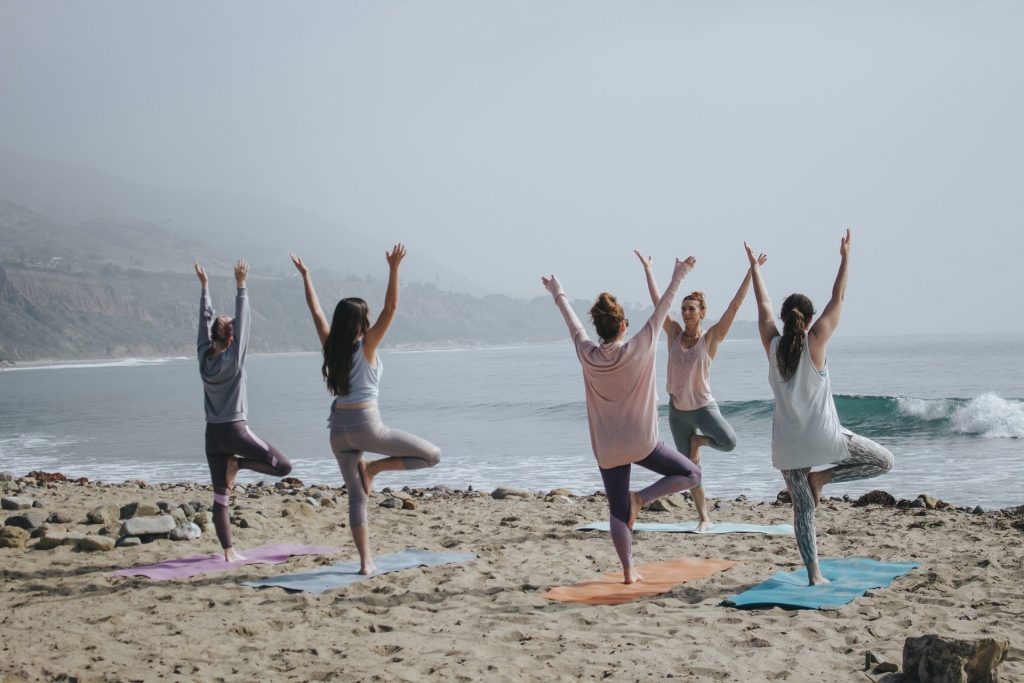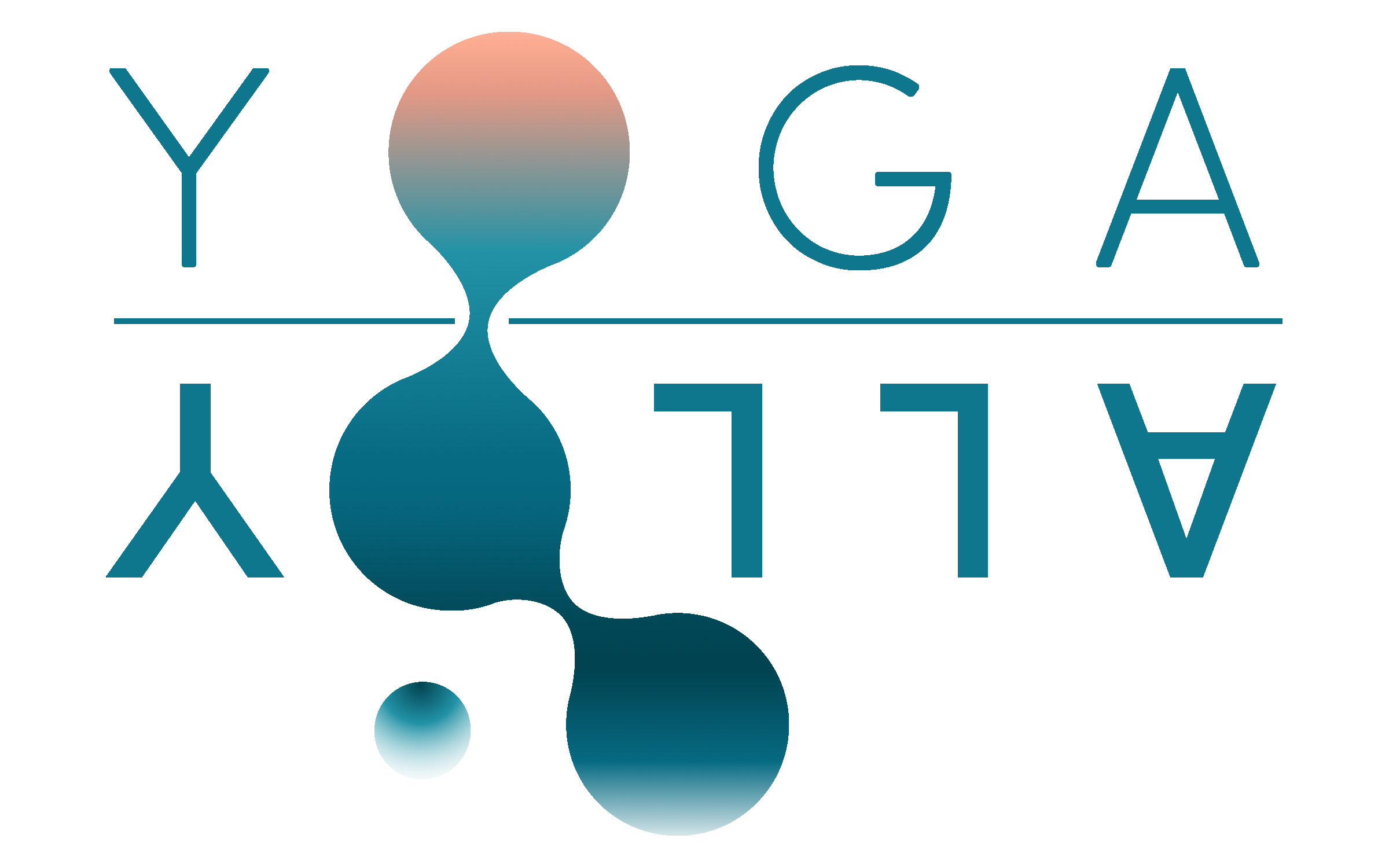
Over the years, I have heard a lot of people telling their stories about how they quit their jobs to become yoga teachers. It is a risky move, so these people are courageous and passionate. I admire that. Unfortunately, it does not pay off every time.
Teaching yoga is so much fun, it is so fulfilling. You are directly working for the well-being of your society. You just feel amazing after teaching a good class or when a student tells you how yoga changed their lives.
Yet becoming a yoga teacher is very challenging.
Going to any yoga teacher training does not guarantee the skill set you will need to teach.
There are 6 reasons why some Yoga teacher training graduates never become yoga teachers:
- They don’t feel they are ready to teach.
- They don’t know how to get students.
- They lose their motivation during the teacher training.
- They don’t know how to teach for different levels.
- They don’t have the tools to prepare their classes.
- They just don’t want to.
By choosing the right training, you can avoid most of the above issues.
Except for the last one, though. YTTs are fantastic to understand and deepen the yogic practice profoundly. So some people just join for their own practices.
Still, for people who want to become yoga teachers, let us talk about the first 5 issues. I will also share tips on how to choose your YTT, so you minimize the risk of facing those problems.
1. Feel Ready to Teach
Although many yoga teachers look very comfortable, there are a lot of hidden challenges in teaching a yoga class.
Many of my past students were freaking out in their first teaching practice. They were sweating more than their students by just giving the cues. Now they are incredible teachers, and I am so proud of them.
It is very intimidating to stand there and tell people what to do in detail. The solution is actually very straightforward and simple: keep practicing teaching. You just need practice to get comfortable with it, get used to how it feels.
Here are a few reasons why it can feel uncomfortable to teach a yoga class:
- Speaking in front of complete strangers who paid. Almost all of my YTT students were unaware of how amazing they were doing. The mind tries to make you run away from the challenge by telling you that you are not good enough. If you are getting honest feedback about your teaching skills in your YTT, then you will know your strengths and weaknesses. The rest is just practice.
- The silence –Normally, when you are talking to a group of people, you get some reaction, at least in the form an eye contact. The case is very different in a yoga class. When teaching yoga, you don’t go for getting a reaction. Yoga teacher leads the students to the zone and have them moving as if their breath is leading them. But it is quite uncomfortable, and many people can’t stop blabbering in that situation. Which then makes things even worse. As a teacher, you just need to get used to it.
- Pace & Tone –In a flow class, there are so many things to be said for each breath but so little time. And you cannot sound like you are rushing, it is a yoga class. So you need to find a tone and a pace that is direct, precise and makes people feel safe.
- Left and Right – Especially when you mirror your students, it is very challenging to say left and right without getting confused. Some people are just good at those things, and some people are not. I am in the second group. It is just too confusing for me. There are a few techniques you can do to get better at it. The bottom line is that you are a human being, even if you are teaching yoga, so you are allowed to make some mistakes. The important part is to know how to react when you make a mistake.

- Remembering the sequence -Especially when you mirror your students, it is very challenging to say left and right without getting confused. Some people are just good at those things, and some people are not. I am in the second group. It is just too confusing for me. There are a few techniques you can do to get better at it. The bottom line is that you are a human being, even if you are teaching yoga, so you are allowed to make some mistakes. The important part is to know how to react when you make a mistake.
If you do a lot of practice in teaching in an environment where you are allowed to make mistakes and explore, then you won’t face those problems. So make sure that your yoga teacher training school
- has spared time to let everyone do a lot of hours of practice teaching and
- you are guided by experienced teachers during those practices.
2. How to get students
You might be a great teacher, but the students will not show up until they know that. You need to do other things to attract students. Depending on your circumstances, what you need to do can be quite varied. There is a good chance that you will make use of online marketing tools.
- We are blessed with social media. It is so easy to reach people.
- We are cursed with social media. It is so challenging to get people’s attention.
Yet, it is doable if you have the right strategy and are committed. It takes a lot of time, but it pays off.
For a new teacher, it will take some time to get a lot of students unless you are quite lucky.
When I first started teaching, there were many days that no one showed up for my classes. It was quite challenging to go back to class, knowing that there was a high chance that no one would show up again. But I kept showing up and now students do too 🙂
Still, it is doable if you have the right strategy and are committed. It takes a lot of time, but it pays off. It takes patience and a lot of resilience. If there are just a few students showing up for your classes, that should not stop you from getting better and better at teaching. On the way, you will get better at promoting yourself too.

Yoga Alliance demands schools to include business sessions in the teacher trainings, still the content of those sessions is up to the yoga schools. If you think you will need extra support about yoga business, you may ask about their content o. Since your yoga school has been in the industry, it is one of the best places to get some tips.

3. Stay Motivated
Yoga teacher trainings are not just technical courses. They also focus on self-discovery. Some schools will believe in forcing self-discovery, others will offer you the tools and allow you to choose how to use them. You want to select the school that will give you what you need.
After graduating from you YTT you want to feel inspired to keep practicing everyday and can’t stop yourself from teaching it to others. The experience you have had in your training will stay with you through your yogic journey. So, it is very important that you train with a teacher
- who you feel safe with,
- whom you can trust,
- who can inspire you to get better along the way.
I was lucky I had such teachers. They had high standards, and they were nurturing us to keep up with those standards. This helped me keep evolving as a yoga teacher to this day.
So when you are choosing a teacher training for yourself, check out the trainers. If you are not sure, then ask to get in touch with them. Maybe you can make a 15 minutes Skype call with them or email them directly.
4. Be comfortable to teach different levels
Learning to teach different levels is very important, especially for a new yoga teacher. As a fresh teacher, you don’t always get to choose the level of your students. Plus, many studios have mixed level classes. In a mixed level class, you need to offer options for both beginner and intermediate students.
For a new teacher, it can be very demoralizing to see people leaving the class or injuring themselves during the class.
The solution is to make sure that the training you are signing with is teaching modifications, adjustments for different levels, and health conditions.
5. Prepare amazing classes
Placing one pose after the other is not enough to stand out as a good yoga teacher. You need to be able to have an aim for each class. As well as a plan for the series of classes that will cultivate growth in your students. In the beginning, you may need some support to do this just right.
Make sure that your training provides enough opportunities for you to figure out our designing classes. They need to have a few sequencing exercises where you create sequences and themes for your classes and then get feedback from your teachers.
Please feel free to get in contact if you have further questions or comments. I just love answering questions. Answering the questions is my favorite part of being a teacher.

